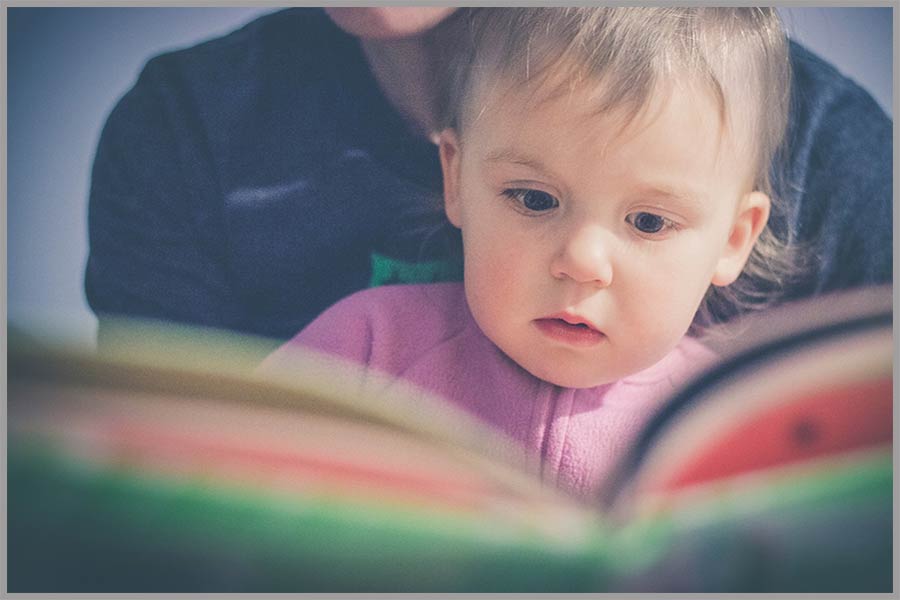Developing Reading Readiness
Before your child can read and have good reading skills, they need to be ready to ready. This is what we call reading readiness, but how do you know when your child is ready to read? And what is the best way to build reading skills at home? These are two questions many parents ask.
Some people say, that infants as young as a few months old are ready to read.
Although I don’t dispute the fact that they can start the process of learning to read at this age, this is not what Reading Readiness refers to.
So, what is Reading Readiness?
Well reading readiness refers to a host of skills children need to have, in order to build reading skills at home and ‘read’ well.
By ‘read well’ I mean, they are able to pick up a book and read very simple sentences fluently.
How are schools developing reading readiness?
Schools prepare infants to build reading skills, by allowing children to take part in activities such as: using Playdoh, playing card matching games and jigsaws.
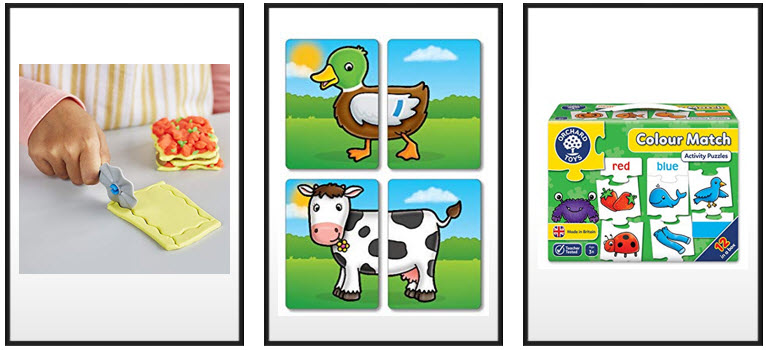
To parents this may seem a little odd and is often mistaken for play, but in actual fact these activities fulfil an important purpose.
Very young children initially learn by feeling and experiencing, because they are what we call kinaesthetic learners. The more they can do with their hands and their bodies, the more quickly they learn.
Manipulating things in their hands serves three purposes:
- It builds up their hand muscles, making them stronger and more versatile.
- Develops their hand & eye co-ordination
- Makes them think about what they are doing and what is happening.
Together, all these things, develop cognition, build reading skills, understanding and promote Reading Readiness.
To prepare your child effectively, they first need to develop cognitive skills as well as physical fine motor skills and verbal skills.
Let’s look at these in turn and some activities that support each development:
1. Cognitive Development required to build reading skills
Children need to start understanding the connections between words written down and the world around them. They need to know that the name of things, such as ‘table’, ‘ball’ etc. can be written down or shown in picture-form, as well as existing as words spoken.
The sooner an infant learns this skill, the sooner they will be READY to READ.
Activities to develop cognitive skills for reading readiness
- Use card matching games – This is where you give a child pictures that they link together and think about why some pictures match together, while others don’t. These develop cognitive skills and encourages an infant to talk about what they are doing. This also helps them to understand how pictures and words represent each other and can be matched when reading.
- Jigsaws – these also develop cognition and fine motor skills. As children start to understand how shapes interlock and fit together – to make a picture and reveal something hidden. In the same way, the shape of words fit together in a sentence, and carry hidden meanings too.
- Letter recognition – To make this activity enticing, invest in magnetic letters and encourage your child to construct words on your fridge. This is also very useful when teaching them spellings and phonics.
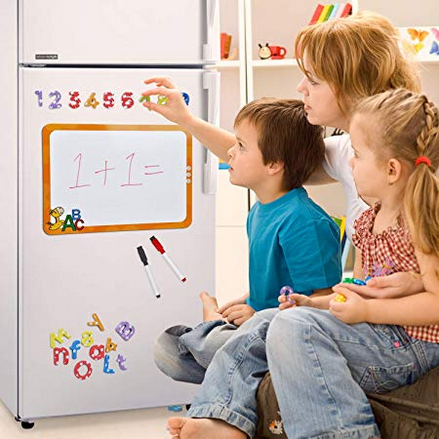
- Understanding the point – They also need to understand the purpose of a book, and that sometimes books contain information in the form of pictures and/or writing. Share with them dictionaries and encyclopaedias or even read things in the internet, street names, shop signs anything that carries words.
- Looking at books – Children initially enjoy books with lots of pictures, but after a little while need to understand that ‘words’ have meaning too, introduce magazines with quizzes and instructions which you can read together – follow recipes.
2. Physical Development to build reading skills
While learning to read seems straight forward to an adult, who has had years of practice and now performs most activities unconsciously, to a young child is the equivalent of learning how to drive a car.
Everything must be learned from the very beginning.
- How to hold a book the right way around,
- Reading from left to right,
- Understanding the meaning of whole sentences, not just individual words and so on.
- Performing the task of turning the pages of a book one at a time. Not clumsily 2 or 3 pages together at a time. Otherwise pages of a story will be missed out, losing its meaning.
All these things are obvious to you and I, but to a young child, these are things that need to be learned and understood from the start.
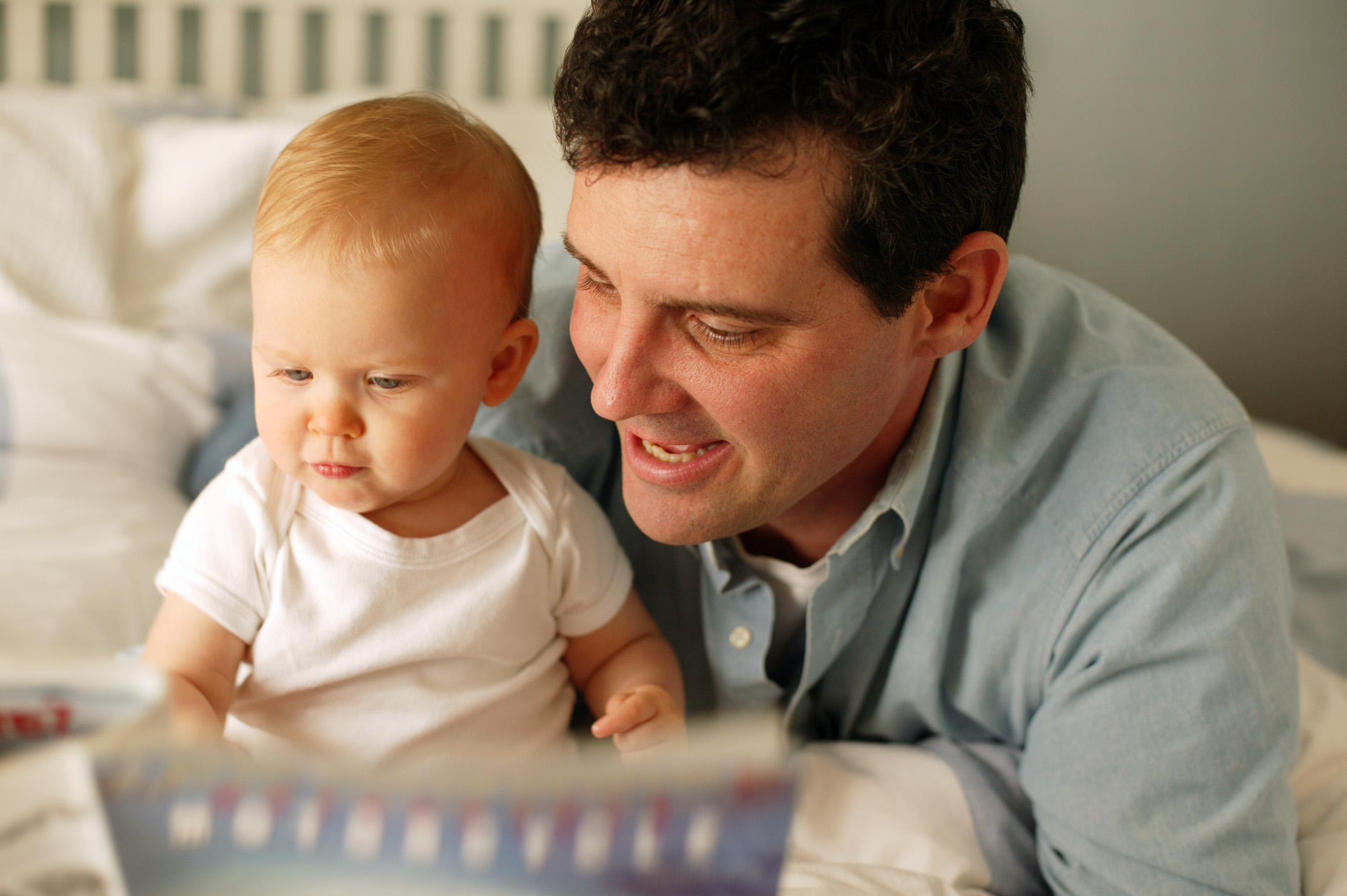
By exercising the tiny muscles in their fingers, children are able to use their hands with more precision over time, allowing them to turn one page, and then another in sequence.
To develop these fine motor skills, they can do the following activities:
Activities to develop physical skills for reading readiness
-
Play with Playdoh –
this is very effective in giving their finger muscles a good work out and strengthening them. Help them to create their names using play dough and have them create different letters with it too.This will not only help them to make reading and writing fun but will also improve their fine motor skills.
-
Cards and Jigsaws –
as we mentioned earlier these are great for cognition, but they are multi-purpose and support physical development too. Picking up cards one at a time with the fingertips, will help children later on to grip the corner of pages in order to turn them. This will also help them to hold pages of a book down with one hand, while they use they other hand to running a finger under the words and guide them as they read. When reading – particularly when reading a book, children need to understand that the books ‘open’ a certain way. Usually right to left and if they open the other way, the book is usually being held upside down. In the same way jigsaws and cards must be used the right way up too.
-
Cutting activities –
being able to use scissors and cut along straight lines, curved lines and so on, is a great way to develop precision skills. This will also develop cognition as they think about, how to manoeuvre the scissors around difficult corners. Children can also cut other things, like magazines, Playdoh and felt, as they take part in arts and crafts activities.
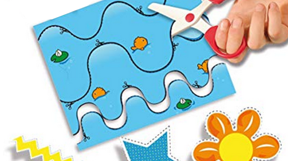
-
Writing activities –
this can be anything from using jumbo chalks on a pavement, to blackboard, using felt tips and crayons or using paints. Children can write in sand or use an etcha sketch, or simply scribble on a piece of paper with a pencil. Whatever writing activities they take part in will strengthen their hands, so that the more they do the better. Encourage them to practice writing the alphabet and the letters in their name so that they can eventually spell it.Encourage them to vary the size of their letters, so that they understand the difference between uppercase and lowercase.Also teach them how to write their name and the difference between uppercase and lowercase letters.
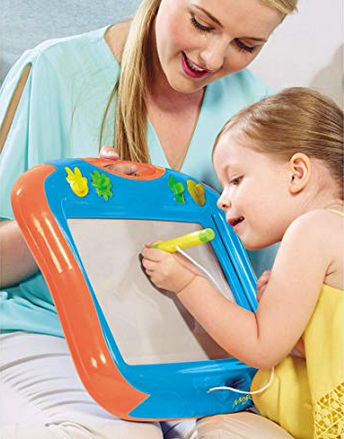
3. Verbal Skills to build reading skills
Finally, they need verbal skills.
Children need to be able to say words and pronounce them correctly before the start to read. Then when they do read and come across words written down, they are unsure of, they can have a guess and work it out from the vocabulary bank they have already stored.
So, to read fluently, children should learn:
- Shapes and colour
- Names of things
- Names of animals
- Describing words such as hot, cold, big, small and so on.
- Numbers
- Counting
The more they take part in learning vocabulary the larger their memory banks will become, which will help them with reading too.
Activities to develop verbal skills for reading readiness
-
Conversations
It is very important that children get the opportunity to speak regularly to adults or older children who have a good conduct of language. This will help them to develop their understanding and vocabulary quickly and easily.
Role play with other children as they as well as developing social skills, will encourage them to play and act out scenes, such as rescue missions, playing mummies and daddies etc, will of which will allow them to put their language to use. It will also give them practice in pronouncing their words correctly.
Conversations which involve talking about feelings and problems they may be experiencing are particularly important.
Through conversations they can also learn instructions, directions and how to express themselves.
-
Phonics
They also need to start understanding the building blocks of words. The sounds the letters make, how they join together to make different sounds and so on.
Encourage your child to learn the letter sounds and the different sounds they make when they are joined together. Help them to put these together to make simple words, like cat, pin, pen etc.
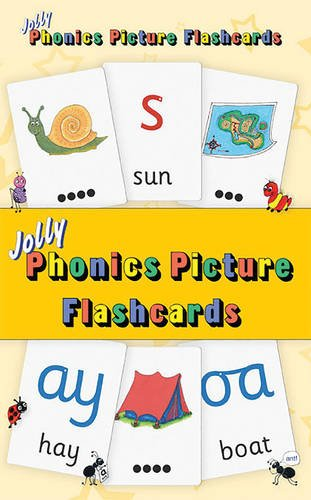
See if you can use phonics to sound out their name.
And play games like I spy to help them identify things that start with a particular letter or sound.
-
Word hunt
They also need to understand that words and sounds are all around them, not only in conversations, songs and nursery rhymes, but also in written form, on signs, road names and posters.
Hunting for words and identifying them around them, allows them to be attracted to what they are saying and encouraging to read what they say through conversations, listening and verbal interactions with others.
By doing activities with your child and explaining things in the most obvious manner is useful to your child as it develops their verbal vocabulary, making it easier to learn words written down later.
It is for this reason, many preschool activities use games that children can play together or alone, which develop their verbal skills, physical skills and thinking (cognitive) skills and many of them contribute directly to the process of Reading Readiness.
-
Read to them
As well as doing all these activities, you must also model and demonstrate how to read, to develop reading skills well.
Children need to see reading taking place, in order to copy, as that is the main way they learn.
Read them books, poems, sing songs written in books, talk about the pictures they see in books and use books as resource.
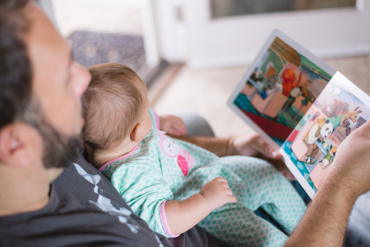 But as well as books read cereal packets, newspapers, buy them magazines, read them a bedtime story every night. Put on accents and different voices for the different characters. Let them read words with you, especially if books have repetition in them.
But as well as books read cereal packets, newspapers, buy them magazines, read them a bedtime story every night. Put on accents and different voices for the different characters. Let them read words with you, especially if books have repetition in them.
Once your child develops a love of listening to books being read to them, this will encourage them to pick up books and investigate them themselves.
At this point, you know they are ready to read.
